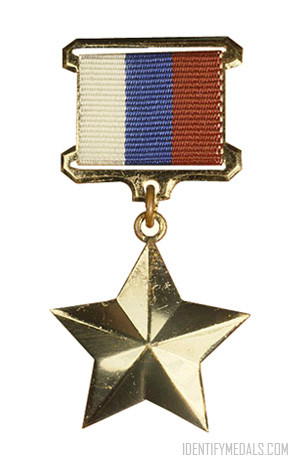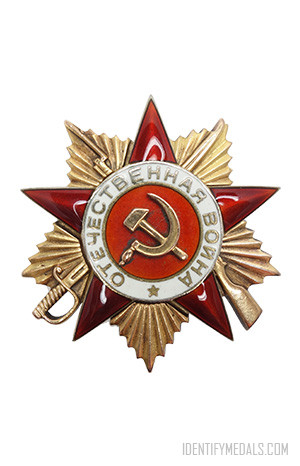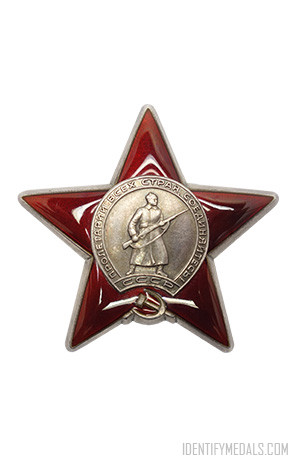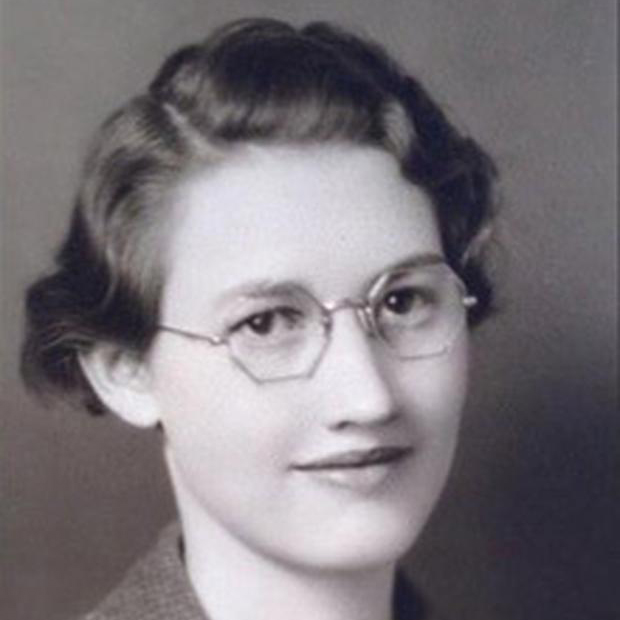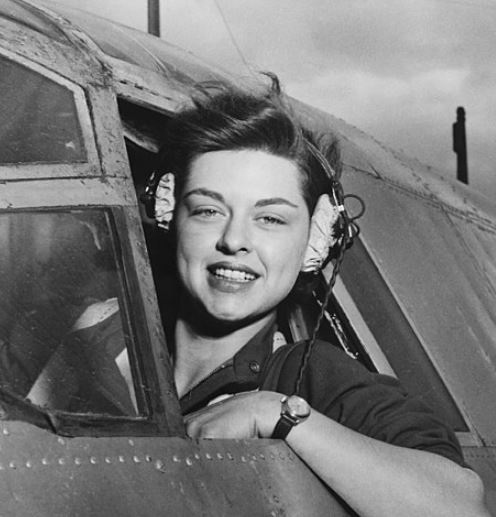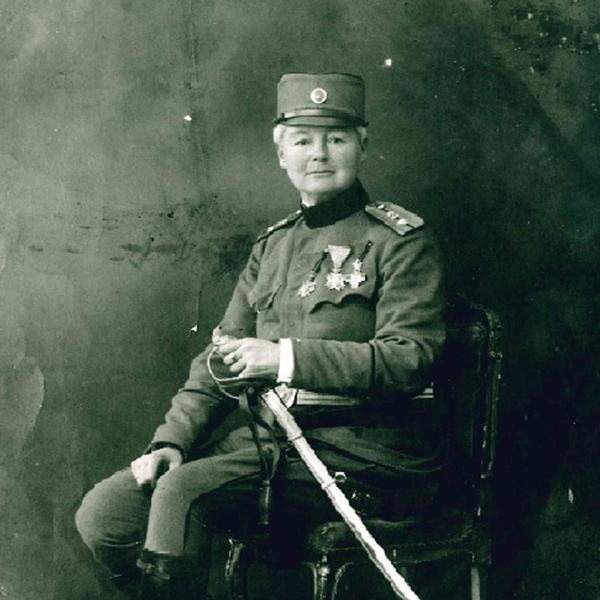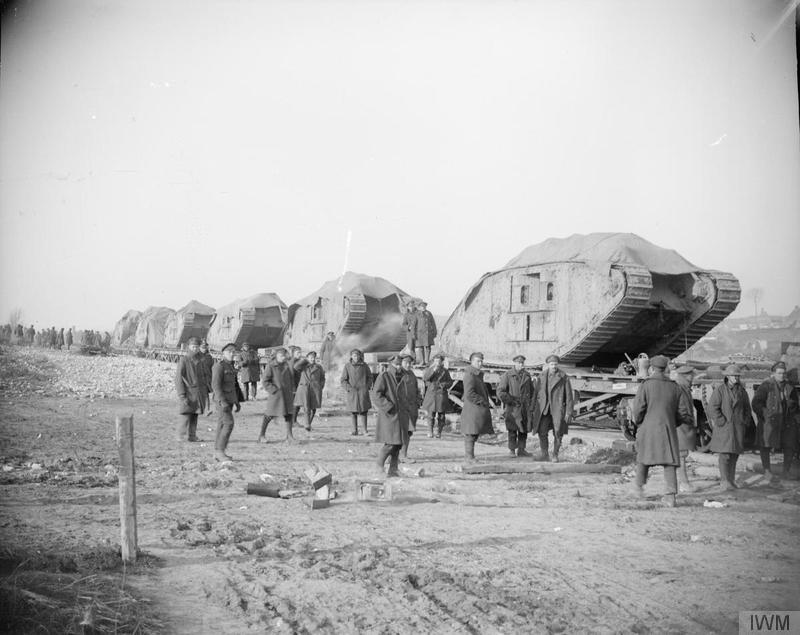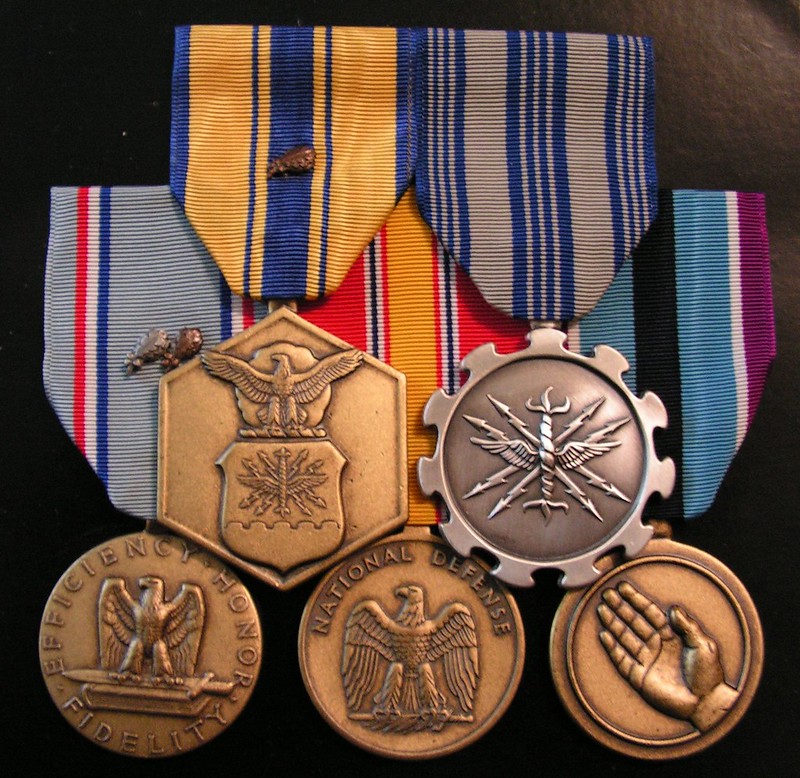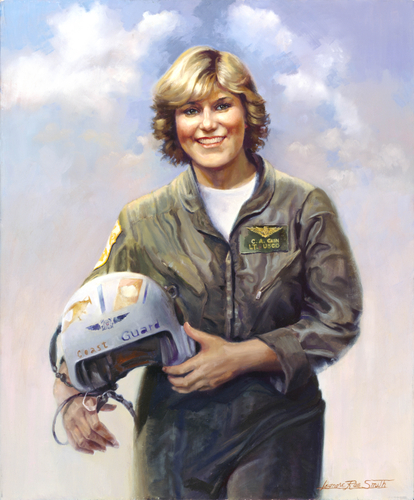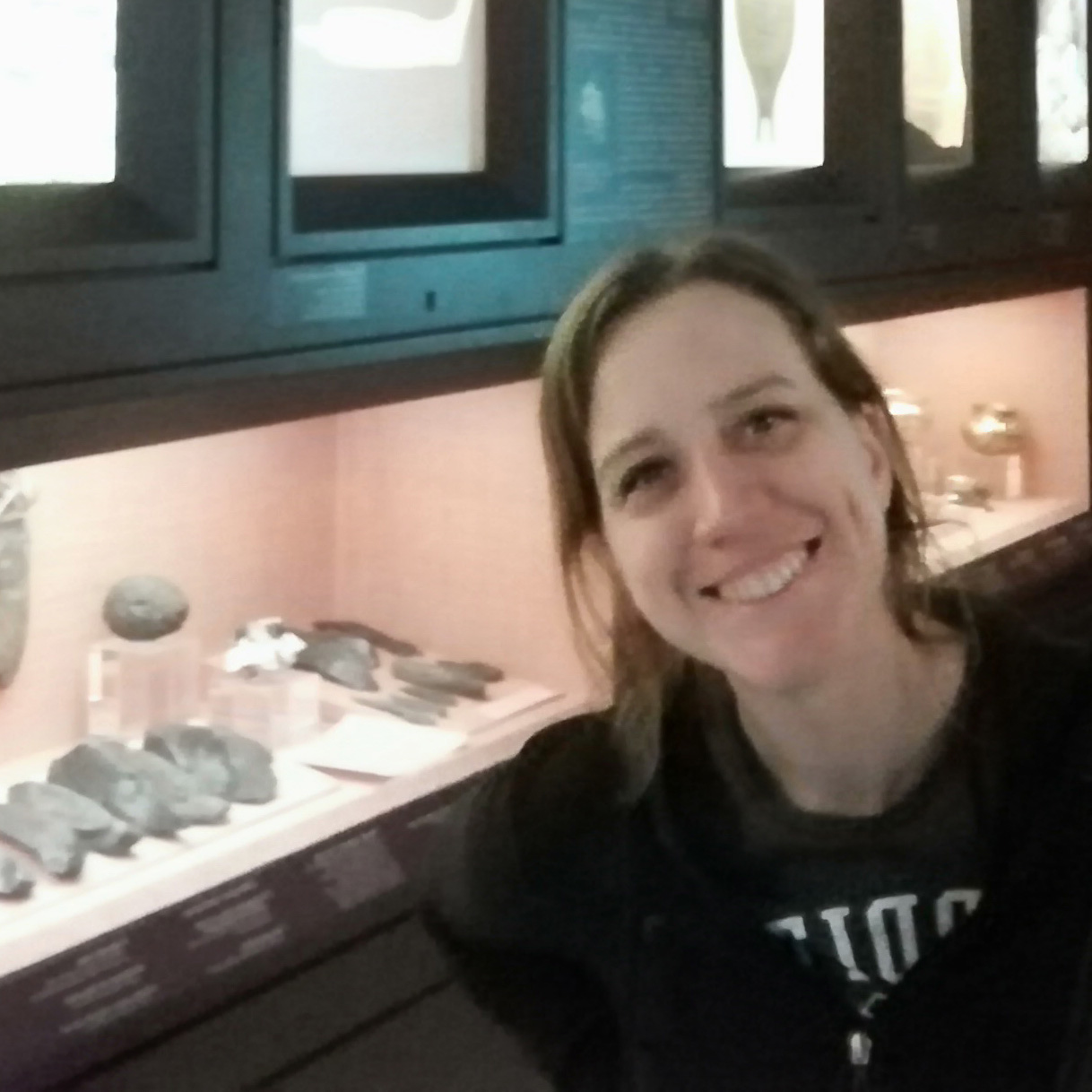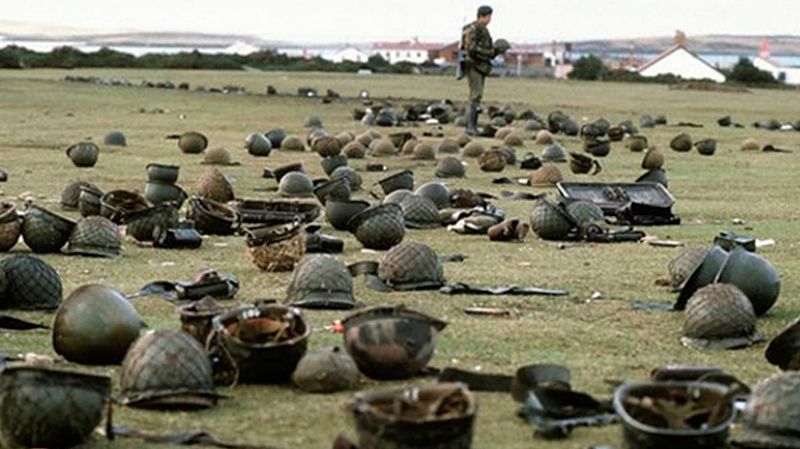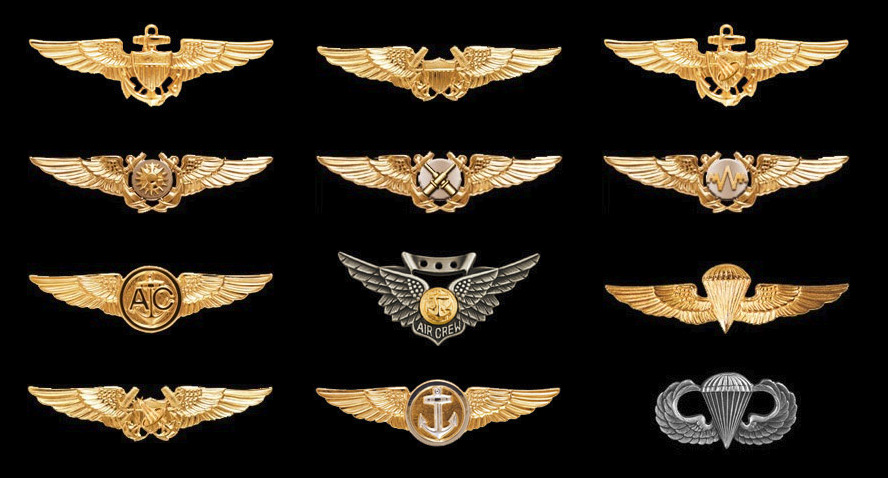Yekaterina Budanova, also known as Katya, was one of the world’s two female fighter aces. During World War II, she achieved five air victories and was given permission for “solo hunting,” an honor given to aggressive and successful pilots. She was posthumously awarded the title Hero of the Russian Federation medal in 1993.
Who Was Yekaterina Budanova?
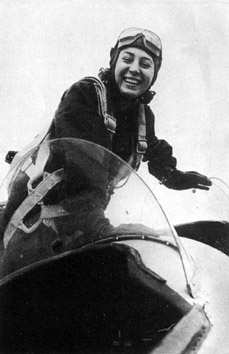
Yekaterina was born in 1916 in Smolensk, a village in Russia, to a peasant family. She had top grades in school, but had to begin working as a nanny to care for her family after her father’s death. When she was thirteen, she was sent to Moscow to join her sister. She first began working as a carpenter in an aircraft factory, where she developed an interest in aviation. She soon joined a local aeroclub’s parachutist section and got her flying license in 1934, becoming a flight instructor in 1937. During several air parades she joined, she flew a Yakovlev UT-1 🔗, a single-seater trainer aircraft used by the Soviet Air Force from 1937 until the late 1940s.
It wasn’t until 1939 that a law on “universal military duty” was passed, allowing women to be formally accepted into the military. Even when the law proved to be more theoretical than practical and women faced harassment and disdain when enlisting, once they proved their ability to accomplish a number of tasks they quickly earned the respect of their commanders. Still, the work that women were doing was mostly hidden by the government as they did not want the Red Army to appear weak, or raise women’s expectations for permanent or front-line roles in the military.
Yekaterina Budanova and Her Military Career
Yekaterina enlisted in military aviation in June 1941, after the German attack on the USSR, and was assigned to the 586th Fighter Aviation Regiment, a unit consisting only of female pilots and formed by Marina Raskova, record holder for a non-stop flight and survivor of a crash-landing in Siberia. The units consisted usually of three women, usually instructors or members of pre-war flying clubs.
On 10 September, Budanova was assigned with Lydia Litvyak, Mariya Kuznetsova, and Raisa Belyayeva to the 437th Fighter Aviation Regiment, based on the east bank of the Volga river and in constant engagement with the fighting over Stalingrad. This is where Yekaterina shot down her first opponent alongside Litvyak, a Messerschmitt Bf 109 🔗 fighter. Her first two solo victories were against a Junkers Ju 88 🔗 and a Bf 109.
Budanova and Litvyak later served with the elite 9th Guards Fighter Regiment, commanded by a Hero of the Soviet Union, Lev Shestakov, where they were allowed to remain for an extra three months after other women were returned to the 586th. While Yekaterina was described as a “cheerful, lively character”, Litvyak looked “thoughtful and quiet”.
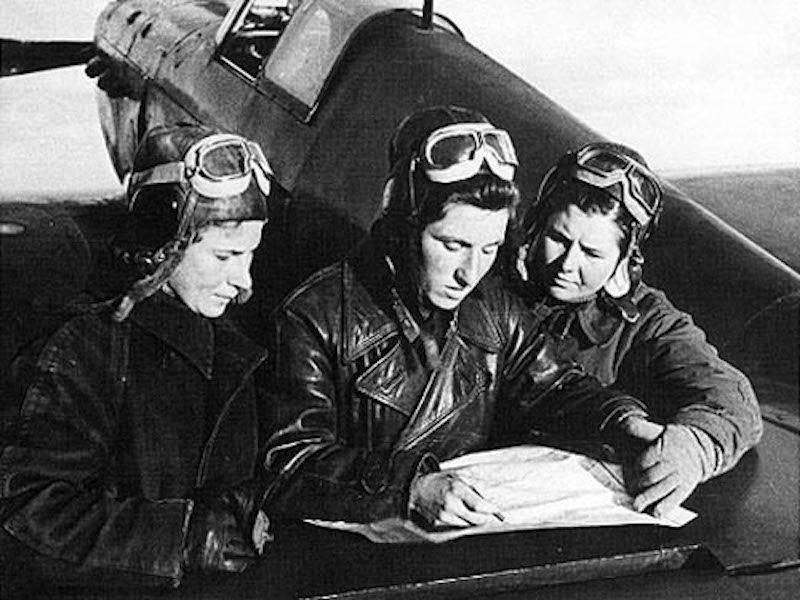
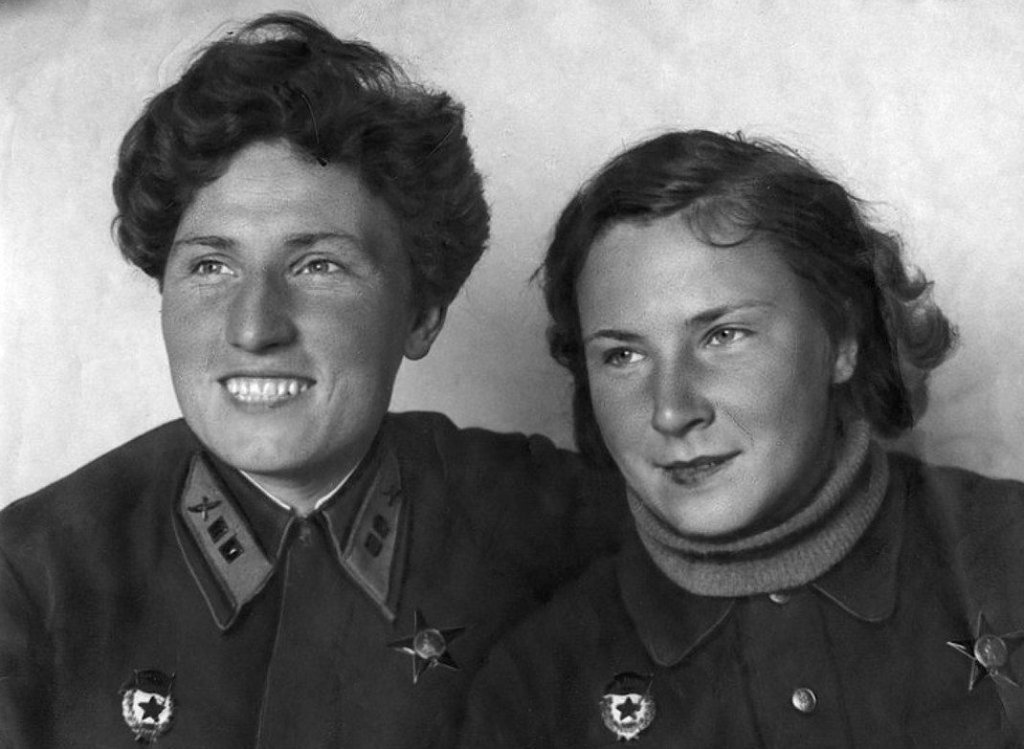
Yekaterina Budanova's Lone Wolf Operations
It was when Budanova and Litvyak were moved to the 296th Fighter Aviation Regiment of Nikolai Baranov (or 73rd Fighter Aviation Regiment) that they achieved the bulk of their combat claims. Budanova was given permission to become a “lone wolf” and do freelance operations just like the best male pilots. In 23 February 1943 she was awarded the Order of the Red Star. By June 1943, Budanova had six victories to her credit and heavy air combat saw her claims raised to 11.
Budanova’s last mission happened on 19 July 1943 near Novokrasnovka. In the morning she took off to do an escort mission and got involved in a dogfight with Bf 109s near Antratsit in Luhansk Oblast. She shot down one (her fifth solo kill) and damaged another, but her aircraft was also hit. She managed to put out the fire and force landed in no-man’s land, but she was already dead when local farmers tried to pull her from the aircraft.
Inna Pasportnikova recalled the fight:
“She spotted three Messerschmitt going on the attack against a group of bombers. Katia attacked and diverted the enemy. A desperate fight developed in the air. Katia managed to pick up an enemy aircraft in her sight and riddle him with bullets. This was the fifth aircraft she killed personally. Katia’s fighter rapidly soared upward and swooped down on a second enemy aircraft. She “stitched” it with bullets, and the second Messer, streaming black smoke, escaped to the west. But Katia’s red starred fighter had been hit; tongues of flame were already licking at the wings.”
Budanova was buried on the outskirts of the village of Novokrasnovka. It’s believed that the pilot that shot her down was either Georg Schwientek of JG 52 or Emil Bitsch, of 8./JG 3.
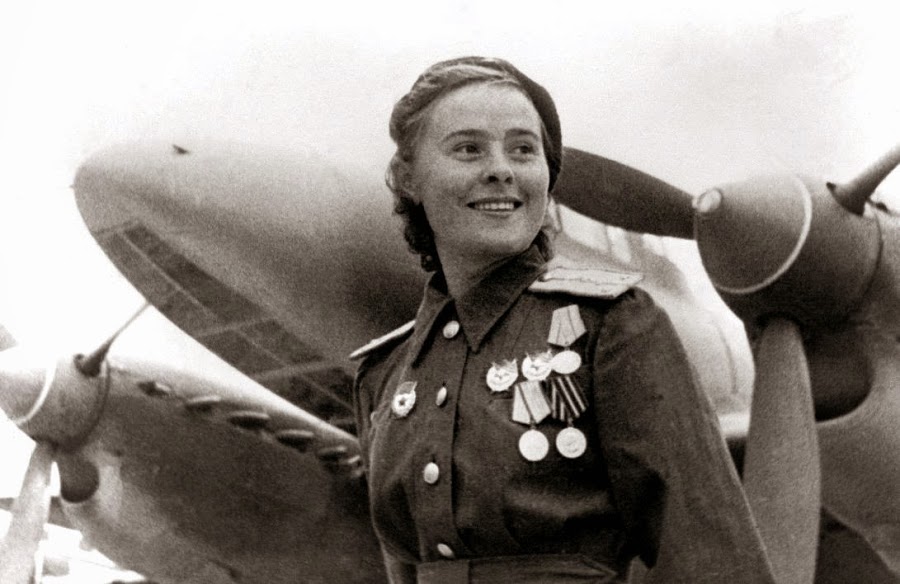
Yekaterina Budanova's Medals
Yekaterina Budanova's Fighter Ace Victories
Yekaterina Budanova claimed an estimated total of 11 kills (5 of which were solo) in her career as a combat pilot, making her one of the war’s two female fighter aces. She was twice awarded the Order of the Patriotic War, and although she was nominated for the title of Hero of the Soviet Union during the war, she never received it. She was instead posthumously awarded the title Hero of the Russian Federation on 1 October 1993.
Although Budanova’s accomplishments were celebrated, most of the work done by women was quietly dismissed at the end of the war. Those who served in the military were forced to turn in their uniforms and take up more traditional roles, and Soviet paper Pravda wrote that the women soldiers should not “forget about their primary duty to nation and state—that of motherhood.”
In the 1960s and onward, women took on workforce roles in engineering and medicine, although men continued to dominate supervisory and leadership roles. Today, women are allowed to serve in the Russian military, but still confront various forms of sexism, including being encouraged to participate in state-sponsored military beauty pageants.
Sources:
- https://www.smithsonianmag.com/history/soviet-ace-shot-down-nazi-pilots-with-great-skill-but-her-feats-are-mostly-forgotten-today-180969698/
- https://ww2db.com/person_bio.php?person_id=645
- https://www.rbth.com/history/326811-two-young-soviet-top-guns

